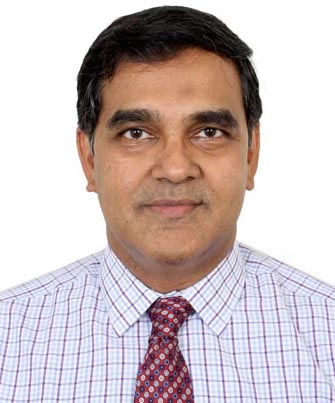Glaucoma is a leading cause of irreversible blindness worldwide, with more than 70 million people affected. Traditionally treatment options include topical medications, laser trabeculoplasty, incisional surgeries, glaucoma drainage implants (GDD), and cycloablative procedures. GDD and ciliary body destruction is generally reserved for refractory or end-stage glaucoma in eyes with poor visual potential.
Transscleral cyclophotocoagulation (TSCPC)
Transscleral cyclophotocoagulation (TSCPC) is a cyclodestructive procedure designed to target the melanin in the pigmented ciliary body epithelium, thereby decreasing the rate of aqueous humor production. Numerous studies have confirmed the IOP-lowering ability of TSCPC and also reported the risk of developing serious complications with this procedure, such as persistent ocular inflammation, vision loss, hypotony, phthisis bulbi, and rarely sympathetic ophthalmia. Therefore, TSCPC, which conventionally uses the continuous-wave diode laser, has been reserved for the treatment of refractory glaucoma or palliation of painful eyes that have a poor visual prognosis.
MicropulseTransscleral cyclophotocoagulation (MP-TSCPC)
The more recently introduced diode laser micropulse TSCPC (MP-TSCPC) is now being used to treat glaucoma by delivering repetitive short pulses of 810 nm infrared diode laser radiation. This allows energy to reach the coagulative threshold in the targeted pigmented tissues with minimal collateral disruption of the nonpigmented epithelium, the ciliary body stroma, and adjacent tissue. No major anterior segment anatomic modifications on either ultrasound biomicroscopy or anterior segment optic coherence tomography have been demonstrated following the MP-TSCPC procedure in comparison to the traditionally used continuous-wave TSCPC, in which thermal tissue damage has been confirmed histologically.
Treatment Protocol
Micropulse diode laser is a daycare procedure done under peribulbar anesthesia preferably in an OT setting. The tip is designed in a way that it can safely deliver the laser when applied in a horizontal sweeping motion every 10-12 seconds. Two treatments of 80 seconds over the superior and inferior hemispheres are given. Care is taken to avoid 3 and 9 O clock hours, areas of scleral thinning, sites of failed filtering blebs, and glaucoma drainage devices. A lubricant gel is advised to assist the smooth movement and deliver optimum energy. The eye is patched for 24 hours; thereafter, patients were started on topical moxifloxacin combined with dexamethasone 0.1% eye drops tapered off over 2 weeks, nepafenac eye drops twice daily for 1 week, and preservative-free lubricating drops. Patients were instructed to continue all antiglaucoma medication until review.
Follow-up
Follow-up examinations are performed within one week, 1 month, and 3 months, postoperatively. At each visit, the following variables were recorded: BCVA, IOP, and the number of antiglaucoma medications needed to control the IOP. It is observed there is a significant drop (30-40%) in IOP post laser and a reduction in the number of medications needed to control IOP in most eyes.
Safety & Efficacy
MP TSCPC is a safe and effective option to lower IOP in eyes with moderate to advanced glaucoma. It can be used in eyes with good visual potential. Serious complications are uncommon but a drop in BCVA(2 lines) in a few patients remains unexplained and could be a cause for concern. It can reduce the need for topical medication and particularly useful in uncontrolled PACG where trabeculectomy may result in serious complications and in eyes with a severe dry eye where topical medication cannot be tolerated.
